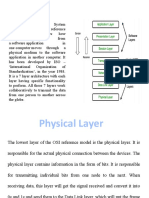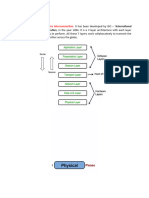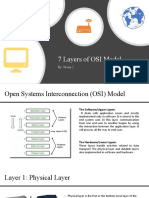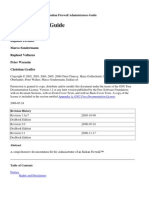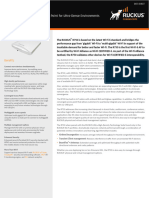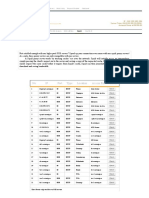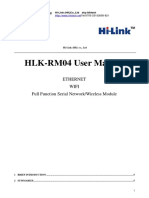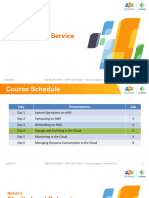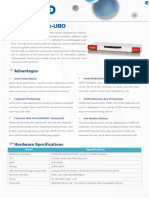0% found this document useful (0 votes)
15 views15 pagesWhat Is OSI Model and Layers
The OSI Model is a framework developed by the ISO that outlines how different computer systems communicate over a network through seven distinct layers, each with specific functions. These layers include the Physical, Data Link, Network, Transport, Session, Presentation, and Application layers, which facilitate data transmission and error management. While the OSI Model is less commonly used in modern networking compared to the TCP/IP model, it remains a valuable tool for understanding and troubleshooting network issues.
Uploaded by
zjiyavudeenCopyright
© © All Rights Reserved
We take content rights seriously. If you suspect this is your content, claim it here.
Available Formats
Download as DOCX, PDF, TXT or read online on Scribd
0% found this document useful (0 votes)
15 views15 pagesWhat Is OSI Model and Layers
The OSI Model is a framework developed by the ISO that outlines how different computer systems communicate over a network through seven distinct layers, each with specific functions. These layers include the Physical, Data Link, Network, Transport, Session, Presentation, and Application layers, which facilitate data transmission and error management. While the OSI Model is less commonly used in modern networking compared to the TCP/IP model, it remains a valuable tool for understanding and troubleshooting network issues.
Uploaded by
zjiyavudeenCopyright
© © All Rights Reserved
We take content rights seriously. If you suspect this is your content, claim it here.
Available Formats
Download as DOCX, PDF, TXT or read online on Scribd
/ 15
























